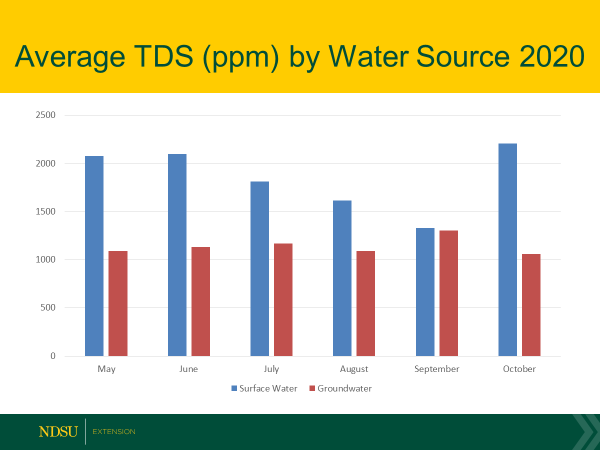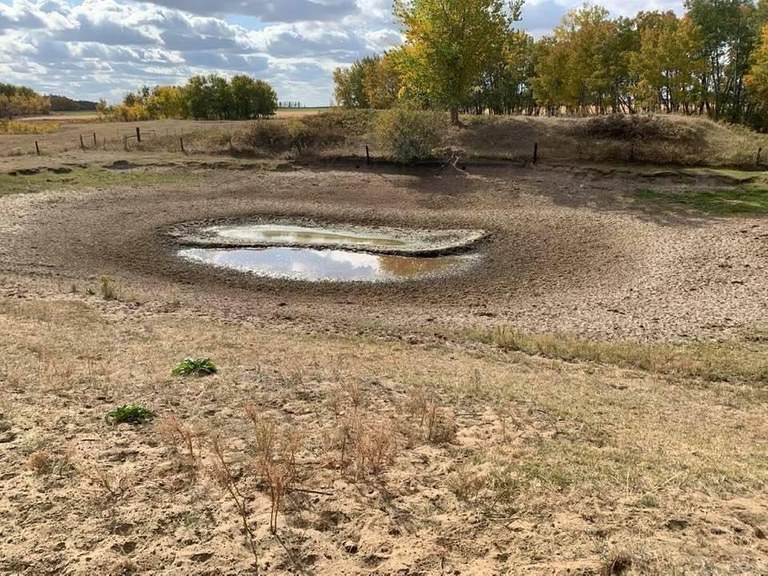Livestock often coexist in the same environment with industrial development. Livestock producers need to be aware of sources of industrial contaminants, particularly petroleum related, that can be released into the environment, especially water sources.
Animals can be exposed to fresh and weathered crude oils, refined hydro-carbons (for example, gasoline, diesel fuel and other petroleum-based products), concentrated and diluted hydraulic fracturing ingredients, glycols (for example, ethylene and diethylene glycols), methanol, produced water (brine or formation water) and oil field wastes.
The sources of these exposures may occur from pipeline spills, broken equipment and offsite leaching, inadequate or broken fences and accidents. Livestock, particularly cattle, are curious and often will explore novel sites and ingest contaminated water, soil and forages. Cattle actually will seek out lead-containing batteries and ingest petroleum hydrocarbons, and lick at greases and salty-tasting contaminants.
Acute and chronic clinical signs occur in livestock following significant petroleum ingestion. Signs may include diarrhea or constipation, bloat, poor rumen motility, nervous system signs (tremors and seizures or incoordination and depression), and poor appetite with chronic wasting and marked weight loss. Respiratory signs, including rapid, shallow breathing, coughing and pneumonia, often occur.
Following ingestion of moderate to large amounts of hydrocarbons, animals may vomit and aspirate contents into lungs and subsequently develop aspiration pneumonia. Reproductive effects have been reported with petroleum hydrocarbon toxicity, including abortions, dystocia, poor mothering and abnormal development.
In addition to reproductive and production losses, death can occur days after petroleum hydrocarbon exposures. Immune suppression and secondary infections also are associated with livestock losses due to petroleum hydrocarbon toxicosis.
If exposure to industrial contamination is suspected, immediately remove livestock from the contaminated area to stop further exposure. Provide the animals with uncontaminated fresh water and adequate feedstuffs. Contact a veterinarian. The local veterinarian, often in contact with specialists with experience with toxicants, can diagnose and initiate a treatment program.
With significant petroleum product releases to the environment, the North Dakota Department of Mineral Resources, Department of Environmental Quality and the state veterinarian are notified and will begin assessment of the contaminated environment and may assist with assessment of the animal condition.
Do not allow livestock to return to contaminated areas until appropriate cleanup procedures are taken for protection of livestock. Long-term monitoring of contamination in the environment may be required to protect livestock.


